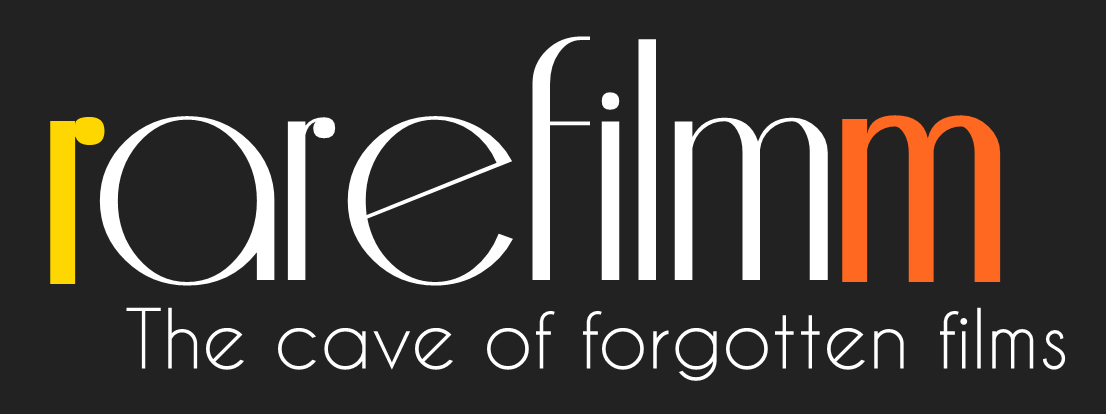An early film by American film director George Moorse. Kuckucksjahre portrays a clique of “dropouts” in the 1960s. There is Hans, who lives aimlessly into the day until he finds someone he can admire in the successful guy Ardy. Because he suddenly wants to stop doing nothing, however, he is abandoned by his girlfriend Petra. Then there is Sybille, who loves both Hans and Ardy. Ardy, however, falls in love with Astrid, with whom he eventually leaves.
Tag: FHD
After his family is murdered, and he’s left for dead, a farmer awakens in the desert and finds himself transformed into a savage warrior, with all the powers and skills of the ancient gods. Guided by his “spirit masters” he’s given a mission; destroy Titan Corporation, the world’s most powerful high-tech computer company and its ambitious leader, Michael Burroughs. Burrough’s has discovered the technological remains of an ancient race and a secret that will allow him to open the Vortex and achieve immortality. Out in the desert, ancient powers collide with sophisticated technology as the Savage and Burroughs meet in a titanic struggle that could destroy mankind.
Whispered to by an ancient tree, young shepherd Mihály dreams of more than his simple existence among grass and sheep. The journey he embarks on brings him into contact with golden birds, a dragon and a fair damsel The film’s incredibly rich visuals are based on the animation transfiguration of late Gothic, early Italian Renaissance frescoes, altarpieces and tableaux. Based on a poem by János Pilinszky.
Factions of French and Portuguese face off in an attempt to colonize Brazil. A Frenchman is held captive by a tribe allied with the French that, despite the insistence of the man that he is French, mistakenly believes him to be Portuguese. The brother of the tribe’s chief was murdered by the Portuguese, and the tribe intends to eat the Frenchman as revenge. The man is given a wife and made to assimilate into the tribe, even with his impending demise.
In the wake of a young man’s suicide attempt, his family gathers in their large house in the country, where complex interrelationships play out against a tense vigil. Winner of the 1991 Jean Vigo Prize, Desplechin’s rarely screened featurette displays many of the hallmarks of his mature style: the deft handling of a sprawling cast of characters (played by several Desplechin regulars, including Emmanuelle Devos), the nuanced understanding of family dynamics, and the wide-ranging literary allusions. All come together in an incisive, poignant examination of the myriad ways we deal with tragedy.
Excellent adaptation of Shirley Jackson’s provocative short story, still has impact. Unsettling depiction of the banality of evil. Like the short story, the film begins casually with the start of the annual ritual lottery and grows more intense as we slowly realize the lottery’s purpose. Its main character, Tessie Hutchinson, learns too late the dangers of not speaking up, and of blindly following and supporting tradition. Tradition is symbolized by lucky “Old Man Warner”(77 years in the lottery). Like the short story, the film is shocking because of its matter-of-fact tone: the lottery is depicted as just another mundane yearly event. Spare, powerful, and thought-provoking.
On the eve of World War I, Jews in European ghettos and market towns were transfixed by a new sensation: motion picture images from Palestine. Many had never seen a movie before and some cried as they escaped the cold Russian landscape for a moment, on a celluloid pilgrimage to the land of milk and honey.
Film adaptation of the short Büchner story of the same name, which tells of the stay of the psychotic Sturm und Drang poet Lenz in the home of the Alsatian priest and philanthropist Oberlin. The poet, whose pathological hallucinations are becoming increasingly unbearable, hopes for help from the gentle clergyman. But Oberlin, too, knows no advice; he regards his friend’s illness as God-given.

 For any questions or requests you can always find me at rarefilmm@gmail.com. Stay tuned for those new movies! Thank you once again for all the love and support and thanks a lot to everyone who keeps spreading the word about the site, the rarefilmm community is truly amazing, I'm very grateful for all your love and support
For any questions or requests you can always find me at rarefilmm@gmail.com. Stay tuned for those new movies! Thank you once again for all the love and support and thanks a lot to everyone who keeps spreading the word about the site, the rarefilmm community is truly amazing, I'm very grateful for all your love and support 
